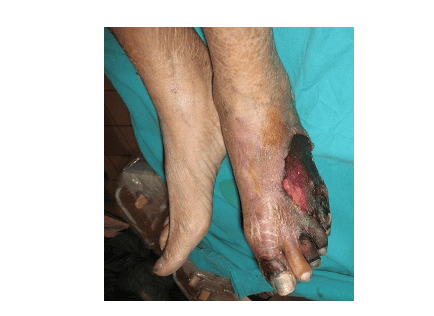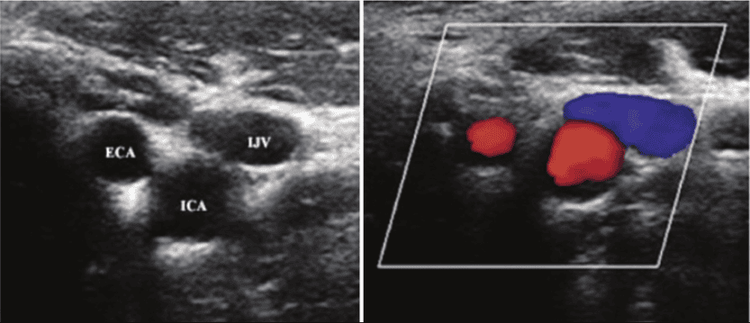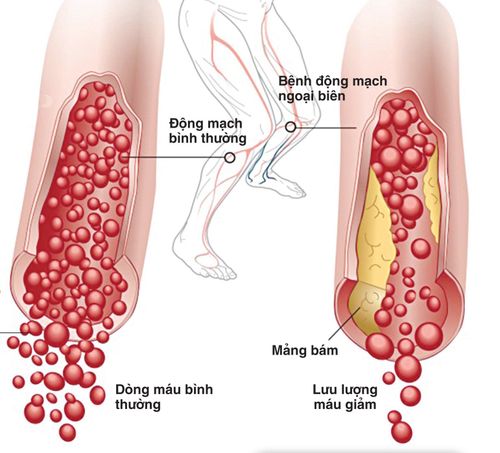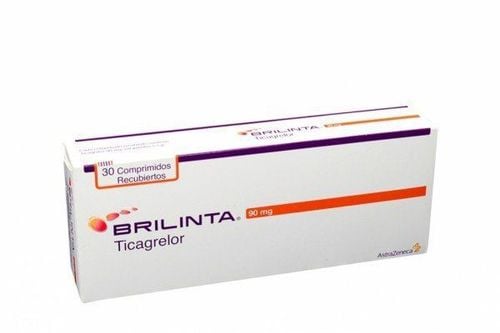This is an automatically translated article.
The article was consulted with Dr. Tran Hong Nhat - Interventional Cardiologist - Cardiovascular Center - Vinmec Central Park International General Hospital.The occlusion of the artery below the knee not only causes pain and difficulty in moving the patient, but in the severe stage, it can cause ulceration and necrosis of the extremities. Endovascular intervention is an effective method in the treatment of arterial occlusion below the knee.
1. Arterial occlusion below the knee
Sub-knee occlusion occurs due to atherosclerosis or endarteritis, which reduces blood flow to the extremities below the site of injury. The disease is susceptible to smokers, diabetes, hypertension, dyslipidemia, sedentary lifestyle, obesity... If not treated promptly, it will cause severe tissue anemia, leading to limb necrosis.
2. Endovascular intervention to treat arterial occlusion below the knee
With occlusive disease in the sub-knee area, the optimal, less painful treatment for the patient is to re-circulate the blocked artery by means of percutaneous stent dilatation with a catheter. Instruments are leads, balloon catheters, and stents, which are delivered to the site of injury through a needle puncture in the femoral artery. The balloon catheter is inserted into the narrow/obstructed site of the vessel to widen the lumen. Next, a metal stent attached to another catheter is inserted to widen the lumen and keep the lumen from narrowing. When the lumen is opened, blood flow is restored, the symptoms of pain, leg fatigue when walking and pain at rest due to ischemia will be reduced quickly.The basic steps in the interventional procedure for revascularization in the lower knee area include:
Pre-interventional injury assessment: Doppler ultrasound, multi-slice computed tomography (MSCT) to assess the lesion. into the artery: performed under ultrasound guidance Angiography to assess the lesion Approach and pass through the site of stenosis Identify the downstream circulation (runoff): Small balloon angioplasty Angioplasty Angioplasty pulse check Doppler ultrasound assessment 48-72 hours after intervention Anti-re-stenosis: The patient was given anticoagulant and antiplatelet drugs to prevent restenosis after intervention

Vinmec International General Hospital is a general hospital with the function of examining, diagnosing and treating many diseases, including cardiology. At Vinmec, there are all necessary medical equipment such as Hybrid room system, DSA angiogram machine, anesthesia machine with the most closely integrated patient hemodynamic monitoring software. Therefore, the Hybrid operating room can meet the requirements of surgery and angioplasty, coronary stenting, aortic stent graft, open heart surgery, heart valve replacement for congenital heart diseases with modern minimally invasive techniques. most invasive, safe, help patients recover health soon.
Especially, the medical examination and treatment process at Vinmec is carried out by a team of highly qualified doctors and nurses who have undergone training and are granted technical certificates, able to handle quickly and effectively, especially in cases of urgent need. Therefore, patients with clogged arteries or heart-related diseases can rest assured with a strict, methodical and effective treatment process at Vinmec.
Please dial HOTLINE for more information or register for an appointment HERE. Download MyVinmec app to make appointments faster and to manage your bookings easily.














